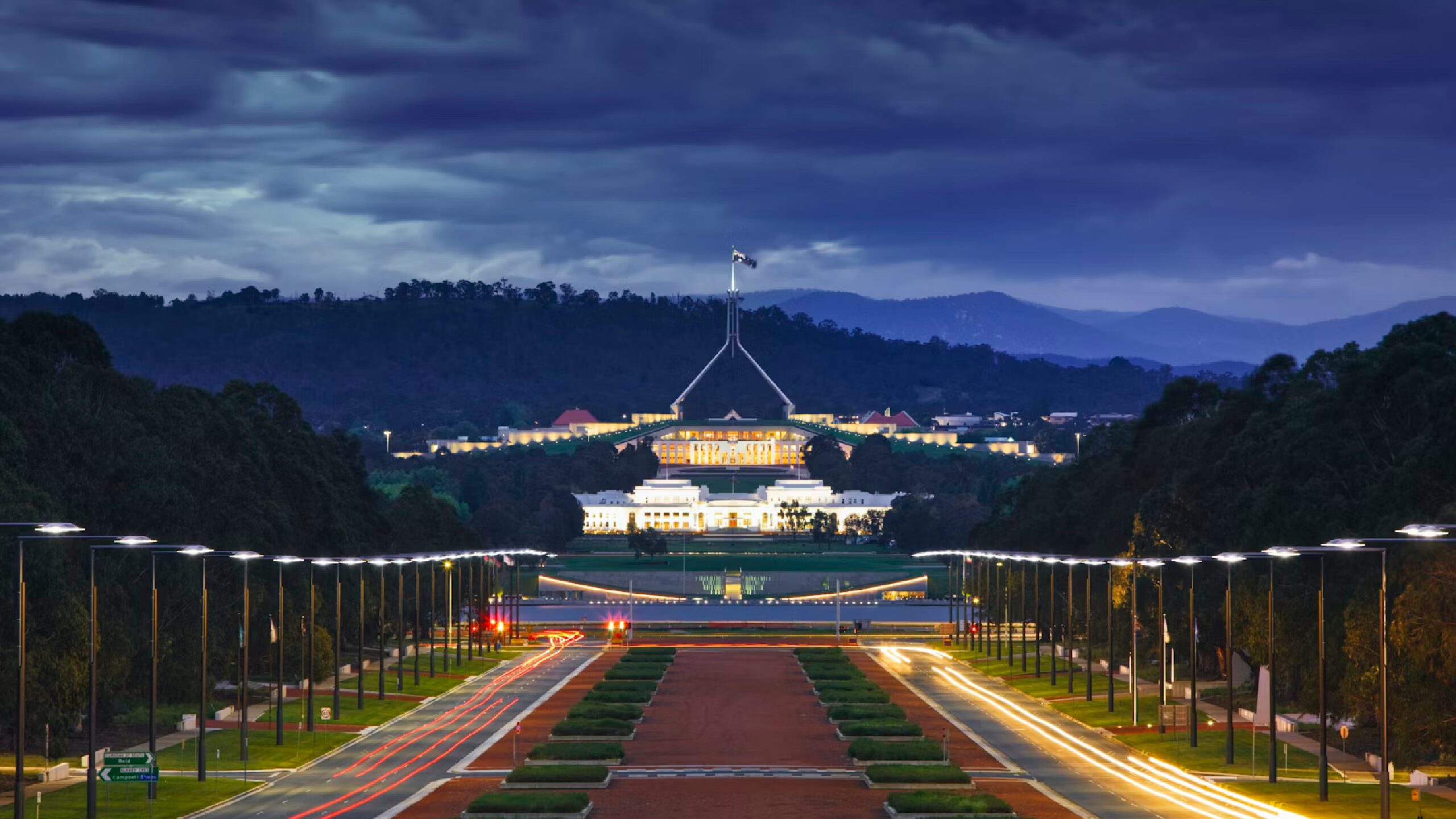Proven producers stand out in frothy lithium market
After an exceptional two years for lithium, experts forecast that the market will cool over the near term as new supply enters the market. However, uncertainty remains around where longer-term prices will settle, despite a robust demand profile underpinned by the race to net zero.
Since the lows of 2020, the lithium price has increased six-fold. This year prices for lithium raw material, carbonate and hydroxide have each increased at least 78 per cent despite broader market volatility and a weakening global economy.
Lincoln Indicators resource analyst Daniel Ortisi says prices are unsustainable at current levels, which is reflected in the low valuations for the sector.
“I don’t think anyone is anticipating prices to stay where they are,” Ortisi says. “You are earning a higher margin in lithium mining than in software at the moment.”
His comments are supported by research published by Goldman Sachs and the International Energy Agency (IEA). Both anticipate the lithium market to record a surplus next year.
Demand for lithium soared during the pandemic largely as a result of more automakers entering the electric vehicle market and attempting to lock in supply.
“Previously, the lion’s share of electric vehicle production was coming from Tesla,” Ortisi says.
“But now you have several vehicle manufacturers well and truly in the market and competing strongly,” he adds. “It’s a classic demand squeeze, where OEMs [original equipment manufacturers] are endeavouring to secure a reliable supply of battery metals in a limited amount of time.”
Government policy is also shifting to prioritise decarbonisation. Last month, the Europe Union signed a deal to effectively end the sale of internal combustion and diesel engines by 2035. China has enshrined that electric vehicles make up 40 per cent of all new car sales by 2030.
Long-term pricing uncertain
Looking further ahead, existing mines and planned projects will meet only half of the projected lithium demand in 2030. The IEA anticipates lithium demand could increase more than 40-fold between now and 2040 if the world is to achieve net-zero carbon emissions by 2070. On current stated policies, demand will increase 13 times over the same period.
Intuitively, this should underscore lithium prices in future years. However, Ortisi is more cautious, explaining that there are several variables that could alter the direction of the market.
He highlights nascent technology that is still to be proven in commercial settings, such as direct lithium extraction. The process results in higher resource yields and therefore reduces the quantity of lithium needed.
Lithium is currently extracted through either the flooding of brine pits with water to produce lithium carbonate or the mining of spodumene. The materials are then sent abroad for processing into lithium hydroxide.
Long lead times in production mean supply is not easily ramped up and down. And the arduous processes of permitting approval, construction, development and funding take time.
“A common belief is that there is an abundance of lithium,” Oritisi says. “But finding an economic project is difficult.”
There is also significant concentration in the lithium supply chain. The US Geological Survey estimates more than 75 per cent of known reserves are located in Australia, Chile and Argentina. As for refining and production, the majority of resources are sent to China.
Other factors that affect prices include the relatively opaque market structure, environmental concerns over the significant amounts of water and land used in the mining process, and the lithium specifications and grades that will be needed in the future.
“It’s a chemically intense process and not just a matter of digging it out of the ground,” Ortisi adds.
Stick with the producers
With so many balls (or rocks) in the air, Ortisi says, investors should stick with low-cost producers with proven technologies.
“We stay at the producer end of the market as part of our risk-management strategy and quantitative focus on financial health,” Ortisi says. “Then we look at more qualitative features like location, scale and track record of production.
“The results are proven and the track record is there. We don’t feel the need to speculate in a sector that already has a lot of heat in it.”









